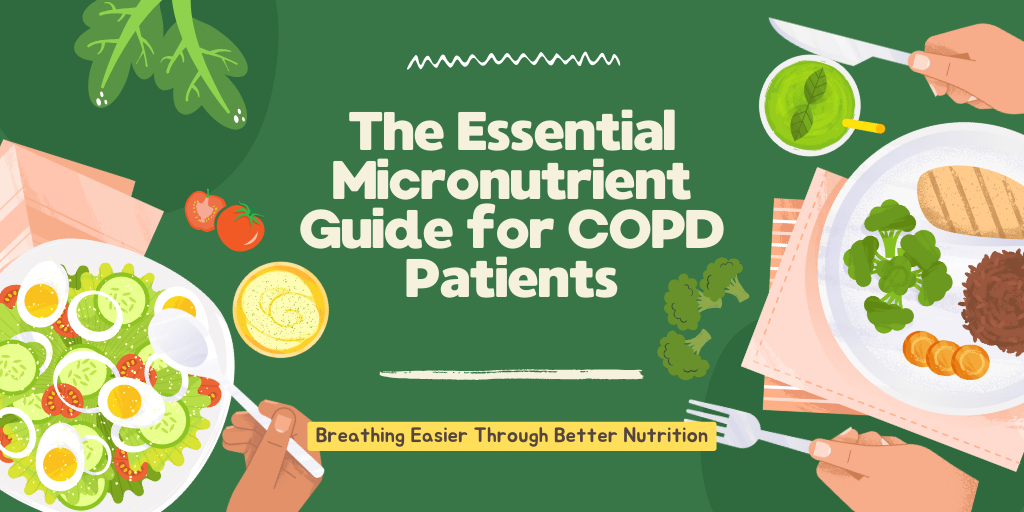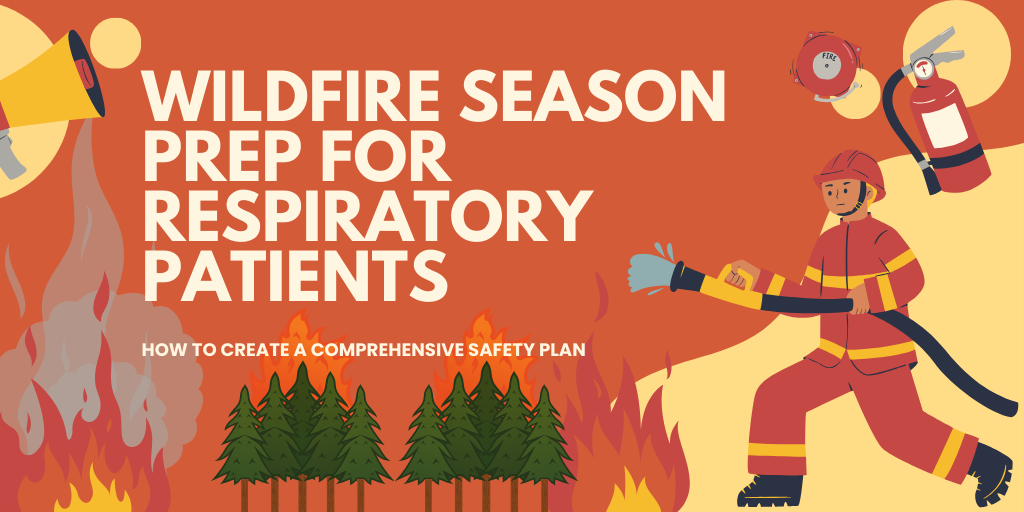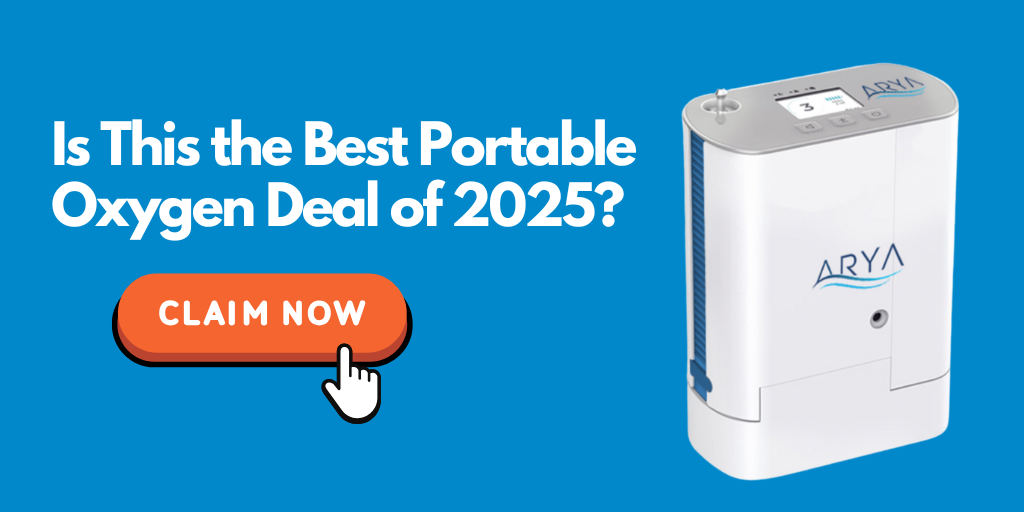
Having a sudden chest pain is terrifying to most people. If you ask many people what they associate with the words chest pain, chances are their thoughts will jump directly to heart attacks.
While chest pain can be caused by a heart attack, there are also other possibilities, many unrelated to your heart altogether.
Don't Ignore It!
Chest pain is not something to ignore, and you should always seek out the advice of a physician to rule out any cardiac or life-threatening causes for the pain.
Problems in your lungs, muscles, ribs, gastrointestinal tract, or nerves can also cause chest pain.
Some of these are life threatening, and some are simply uncomfortable but benign. The different causes of chest pain present with different symptoms.
Types of Pain
Your pain can be sharp, dull, burning, stabbing, tight, or aching depending on the cause. When speaking to your physician, it is imperative that you try to describe your pain to help them diagnose the cause.
Let’s explore some different types of chest pain and the part of the body involved. We will discuss the symptoms, causes, treatment and prevention for each category.
As always, this is meant to serve as a guide, and is not a substitute for seeking professional medical advice.
Heart
Coronary Artery Diseases (CAD)
Coronary artery disease is caused by damaged or diseased blood vessels that supply the  heart with blood and oxygen.
heart with blood and oxygen.
Deposits of cholesterol, or plaque in your arteries, is usually the main cause of coronary artery disease.
When the artery becomes either mostly or completely blocked by plaque or cholesterol, it deprives the heart muscle of oxygen, this results in a heart attack.
The chest pain you feel with CAD compares to someone sitting on your chest.
Your chest feels tight and like it’s under pressure.
The pain may wax and wane, and may be exacerbated by exercise. Due to the blockages in your arteries, you may feel short of breath as your heart can’t receive and pump enough oxygen to keep your lungs working properly.
Along with the shortness of breath, you may also feel extremely fatigued and tired. If you suspect a heart attack or have a family history of heart disease, call 911 or get to your doctor as soon as possible if you suffer any of the above symptoms.
The best way to prevent CAD is to eat a healthy diet and exercise regularly, and absolutely DO NOT SMOKE tobacco products.
Knowing your family health history is also critical because some families are genetically prone to heart disease.
If you have a family member that had a heart attack, high cholesterol, or other heart problems at a young age you may also be pre-disposed to those conditions.
Talk to your doctor about your risks and ask if there are any tests or blood work that you need to ensure you do not have CAD.
If CAD is caught in the early stages your doctor will prescribe medications to lower your cholesterol.
They will also start you on an exercise program. This will lower your cholesterol and blood pressure if that also happens to be an issue.
A dietitian can help you change your diet to help decrease the amount of fat and cholesterol containing foods you eat and increase heart healthy foods like fish and vegetables.
If CAD is not discovered until it is in it’s late stages, surgical interventions such as cardiac catheterization or coronary artery bypass grafting (CABG) may be necessary to open the blocked vessels.
These will be followed by an extended cardiac rehabilitation program that will help get your heart strong and aid you in making healthy lifestyle choices.
Myocarditis
Myocarditis involves inflammation of the heart muscle. This inflammation reduces the ability of your heart to pump causing irregular heart rhythms, and if left untreated it can be fatal.
Myocarditis is usually caused by a viral or bacterial infection, but can be caused by IV drug abuse, side-effects to medications, or genetics.
Symptoms can include chest pain, heart arrhythmias, fatigue/shortness of breath, or fluid retention.
It’s hard to prevent myocarditis, but here are a few steps to give you the best shot at avoiding the disease:
- Get your flu shot and try to avoid exposure to anyone with the flu
- Wash your hands regularly
- If ticks are a problem in your area, try to avoid them by wearing long sleeved shirts and pants to cover as much skin as you possibly can
- Get your vaccines and keep them updated
Myocarditis will almost always require treatment from a physician and potentially an inpatient hospital stay.
The cause of your myocarditis will dictate the treatment.
Antibiotics will treat bacterial myocarditis, antiviral medications can help treat viral causes, NSAIDs and pain medications will be used to manage your chest pain.
Your body may require oxygen therapy until your heart muscle is healed, and rest will be necessary to allow your body time to heal.
Hypertrophic Cardiomyopathy
Hypertrophic cardiomyopathy is a genetic disease where your heart muscle, over time, becomes abnormally thick.
As the muscle gets thicker, it puts a greater and greater burden on your heart to pump blood throughout your body.
For most people with hypertrophic cardiomyopathy, there are no discerning symptoms to be aware of.
You can lead your life with no issues or significant problems and then it can show up without warning.
For a small number of people, the thickened heart muscle causes chest pain, shortness of breath, noticeable heart rhythm change (palpitations), or prolonged fainting spells.
Hypertrophic cardiomyopathy is difficult to prevent as most patients have no idea they have the diseases.
People are almost always genetically predisposed to develop it. This condition can show up in young and old alike.
If you do find out you have hypertrophic cardiomyopathy, it is recommended to not participate in most competitive sports.
There may be some low intensity options for you, but a discussion with a cardiologist is necessary before beginning any new activities.
Surgery is an option if the hypertrophy gets too severe, the most extreme cases may require heart transplants.
Lungs
Pulmonary Embolism
A pulmonary embolism (PE) is a blood clot that travels through your blood stream to the small blood vessels inside your lungs.
small blood vessels inside your lungs.
The clot blocks blood flow to your lungs and decreases the amount of oxygen your lungs can pass into your blood stream.
PE’s can be caused by genetic clotting disorders, birth control medications, prolonged immobility, or certain surgeries.
Smoking is another leading cause of PE, and the most preventable.
People who suffer from a PE complain of shortness of breath, sudden, sharp chest pain, dizziness and nausea.
The symptoms can be similar to a heart attack. Diagnosing a PE requires the use of medical imaging such as a CT scan or chest XRAY, in conjunction with blood work.
To treat a PE your physician must break up the clot to relieve the blockage. You may need oxygen therapy to keep your blood oxygen levels up until the clot is dissolved.
Anticoagulants (blood thinner) medications will be used to dissolve the clot.
If you have any modifiable risk factors such as smoking or are taking birth control pills, your doctor will help you find other options.
Pulmonary Hypertension
Pulmonary hypertension is a life threating disease that progresses over time.
The disease is caused by having high blood pressure in the arteries that go between your lungs and your heart.
The arteries become blocked and narrowed, making blood flow slow.
This causes the heart to work harder to push the blood through which leads to the high blood pressure in your lungs.
Symptoms of pulmonary hypertension include
- swelling in legs
- fainting often
- chronic fatigue
- sharp intense pain in your chest
Pulmonary hypertension can be congenital, meaning you are born with it, it can be caused by lung diseases like COPD, or it can be caused by unhealthy lifestyle habits like smoking.
Things you can do to prevent pulmonary hypertension are:
- Don’t smoke or quit immediately if you do
- Exercise regularly based on recommendations from your doctor
- Get a solid amount of sleep to give your body rest
- Eat a healthy diet and drink plenty of water
Pulmonary hypertension requires management from a pulmonologist who will help treat your lungs.
Your doctor will prescribe medications to improve the blood flow between your heart and lungs, medications to lower your blood pressure, and will help you make heathy changes to your diet and exercise program.
Pleuritis
Your lungs are covered in a thin layer of tissue called the pleura. The pleura ensures that your lung tissue doesn’t rub up against your chest cavity every time you inhale.
In some people, the pleura becomes swollen and inflamed, which causes rubbing when you take a breath.
Each time you inhale, cough, laugh, or sneeze you will feel a sharp pain in the chest where the rubbing is occurring.
Pleuritis is mainly caused by a bacterial infection such as pneumonia or viruses like the flu.
Other factors that can cause pleuritis are lung cancer, blood clots in the lungs, or autoimmune diseases like arthritis or lupus.
Chest pain is the main symptom of pleuritis. Other symptoms you may experience include:
- Sharp almost stabbing pain that shortens breath and gets worse when you try and breathe deeply
- Pain that spreads from your chest to your shoulders or back
- Fever and chills develop
- A steady cough
- You noticeably lose weight without trying
Pleuritis is cured by treating whatever caused the illness to occur. Antibiotics treat bacterial infections.
Diseases like the flu usually just get supportive treatment such as fluids and fever management.
Oxygen therapy and pain medications can help you through until you are feeling better. Prevention is the best medicine when it comes to pleuritis.
Check with your doctor to make sure you are up-to-date on all your vaccines, including the yearly influenza vaccine and the pneumococcal pneumonia vaccine.
If you are immune suppressed be particularly careful during respiratory illness season to avoid getting ill.
Asthma
Asthma is a disease that causes inflammation of the tissues in your airway causing it to narrow.
This narrowing makes it very difficult for you to get air in and out of your lungs. Depending on the severity of your asthma, chest pain can range from non-existent to severe. Asthma can be triggered by multiple things which differ from patient to patient.
These triggers can include allergens, extreme temperature changes, illness, or physical exertion.
For most patients, it will require medications called bronchodilators and possibly steroids to decrease the swelling and allow you to breathe normally again.
Impaired air flow also results in an increase in mucus production.
This thick mucus builds up in your lungs and can lead to respiratory infections if it does not get expelled.
Asthma is categorized by your level of severity and how often your symptoms occur. The following are the different levels and how they are differentiated:
Intermittent Asthma (Step 1)
Symptoms are experienced two or less times a week. Because of the irregularity, you may not need medications every day to control the symptoms.
Usual activities including sports can be continued.
Exacerbations, otherwise known as asthma attacks, usually happen once a year or less.
Your nighttime awakenings are fewer than two a month from asthma symptoms.
Symptoms can be controlled by a bronchodilator containing Albuterol, this is referred to as a “rescue inhaler” because it works quickly to ease shortness of breath.
The bronchodilator shouldn’t need to be used more than twice a week in the intermittent stage.
Mild Persistent (Step 2)
Symptoms are more regular than the intermittent stage, however, the symptoms are not experienced daily and usually are less than three times per week.
Mild persistent asthma can limit activities, but most activities can still be performed at a near normal level.
Exacerbations can occur two or more times a year.
Medications at the mild persistent stage can include a bronchodilator or a low-dose inhaled corticosteroid. You may have to take medications daily to prevent asthma attacks.
Moderate Persistent (Steps 3 and 4)
Symptoms are experienced daily for an extended period of time.
You experience moderate to extensive limitations in your activities.
Your risk of exacerbation increases to three to four times per year.
You use your rescue inhaler every day and need a medium-dose inhaled corticosteroid and a long-lasting bronchodilator.
Other medications such as theophylline (an oral methylxanthine bronchodilator) may be necessary.
You are not waking up every night, but you do wake three to four times per week with shortness of breath.
Severe Persistent (Step 5 and 6)
You experience symptoms all day, every day.
Your activity choices are severely limited and need to be chosen carefully.
Your rescue inhaler is used several times each day.
You use a high-dose inhaled corticosteroid and a long-lasting bronchodilator. Oral steroids may be needed to control inflammation in your airway.
You are at risk of having 5 or more exacerbations a year.
Night time waking is a daily occurrence.
Gastrointestinal
Gastroesophageal Reflux Disease (Acid Reflux)
Gastroesophageal reflux disease, or acid reflux, occurs when stomach contents move back up into your esophagus and throat.
If reflux occurs regularly the acid can cause irritation to the esophagus and throat and can be very painful.
Acid reflux can cause a burning pain in your chest as well as your throat.
There are many factors that can lead to acid reflux and the chest pain that comes with it. Some include:
- Smoking
- Obesity
- Pregnancy
- Spicy foods
- The time of day which you eat fatty or spicy foods
- Medication
- Chronic stress
Symptoms of acid reflux can include heartburn, bitter acidic taste in your mouth, burning chest pain, cough, tightness in throat, and shortness of breath.
There are over-the-counter medications and prescription medications that can treat acid reflux, but it is important to talk with your doctor before self-treating.
Peptic Ulcers
Peptic ulcers are open sores within the lining of the stomach that form when stomach acids eat away the protective tract of your digestive system.
Peptic ulcers cause pain throughout your stomach and can lead to severe chest pain.
Common factors and habits that can lead to peptic ulcers include taking aspirin for a long period of time, smoking, long-term drinking of alcohol, foreign bacteria, and eating a lot of spicy or acidic foods.
Symptoms of acid reflux you may experience are:
- Discomfort from your chest to your belly button
- You feel bloated even when you don’t eat anything
- Excessive burping
- Weight loss and loss of appetite
- Bloody or dark stool
- Vomiting or nausea
The only way a doctor can tell if you have peptic ulcers is to diagnose symptoms by performing a thorough examination.
X-rays can be used, but usually an endoscopy will need to be performed. This test involves sticking a bendable tube with a camera down your throat and into your stomach.
Sedation is given to keep you comfortable during the examination, and biopsies taken during the exam can diagnose peptic ulcer disease.
Conclusion
Above, we have learned about some of the different conditions that can cause you to experience chest pain.
While some are more serious than others, all need to be taken seriously and discussed with a medical professional.
Keep a journal of your chest pain symptoms, documenting what you were doing when the chest pain occurred and if you did anything to help make it stop.
If you are open and honest with your physician about your family healthy history and lifestyle habits, you and your doctor can come up with a plan to help alleviate your chest pain and hopefully prevent it from happening again.









